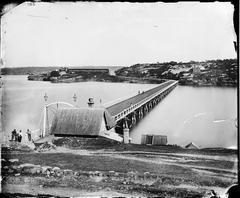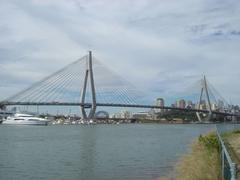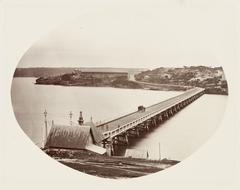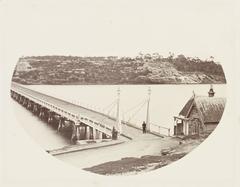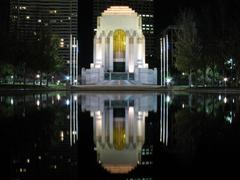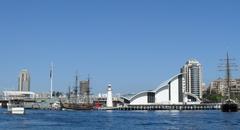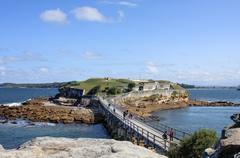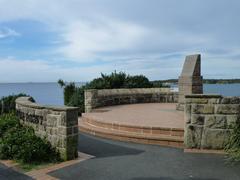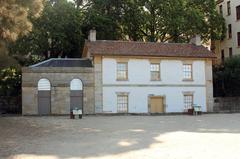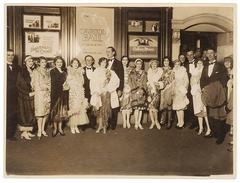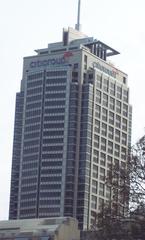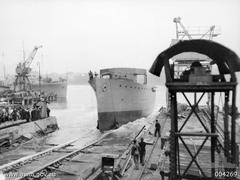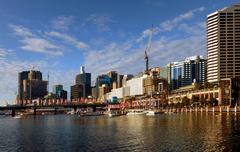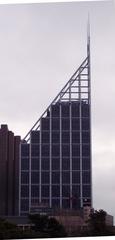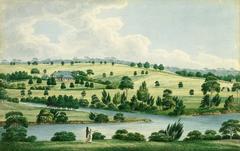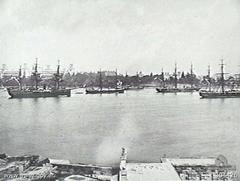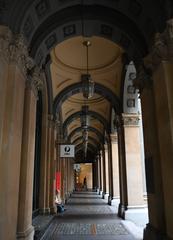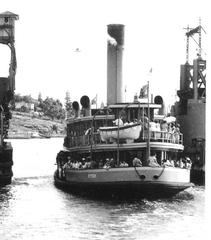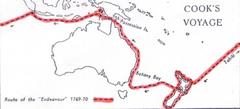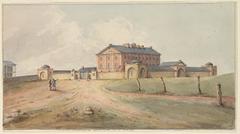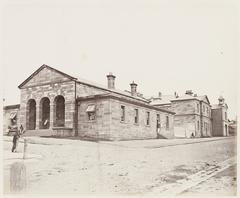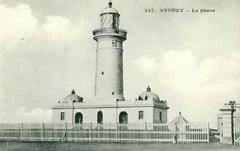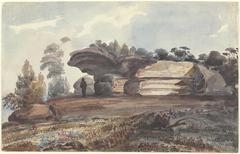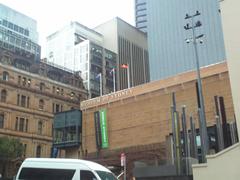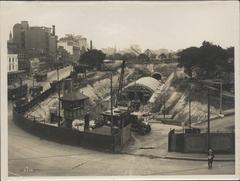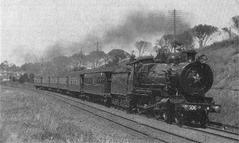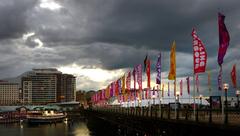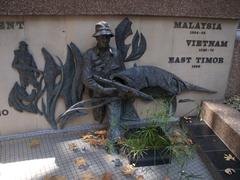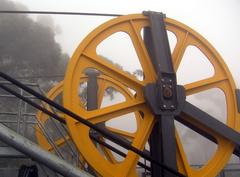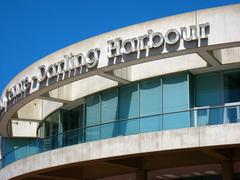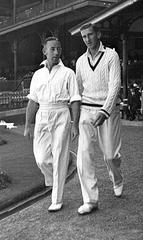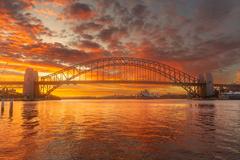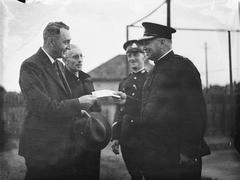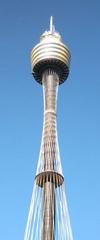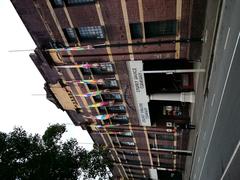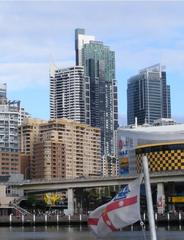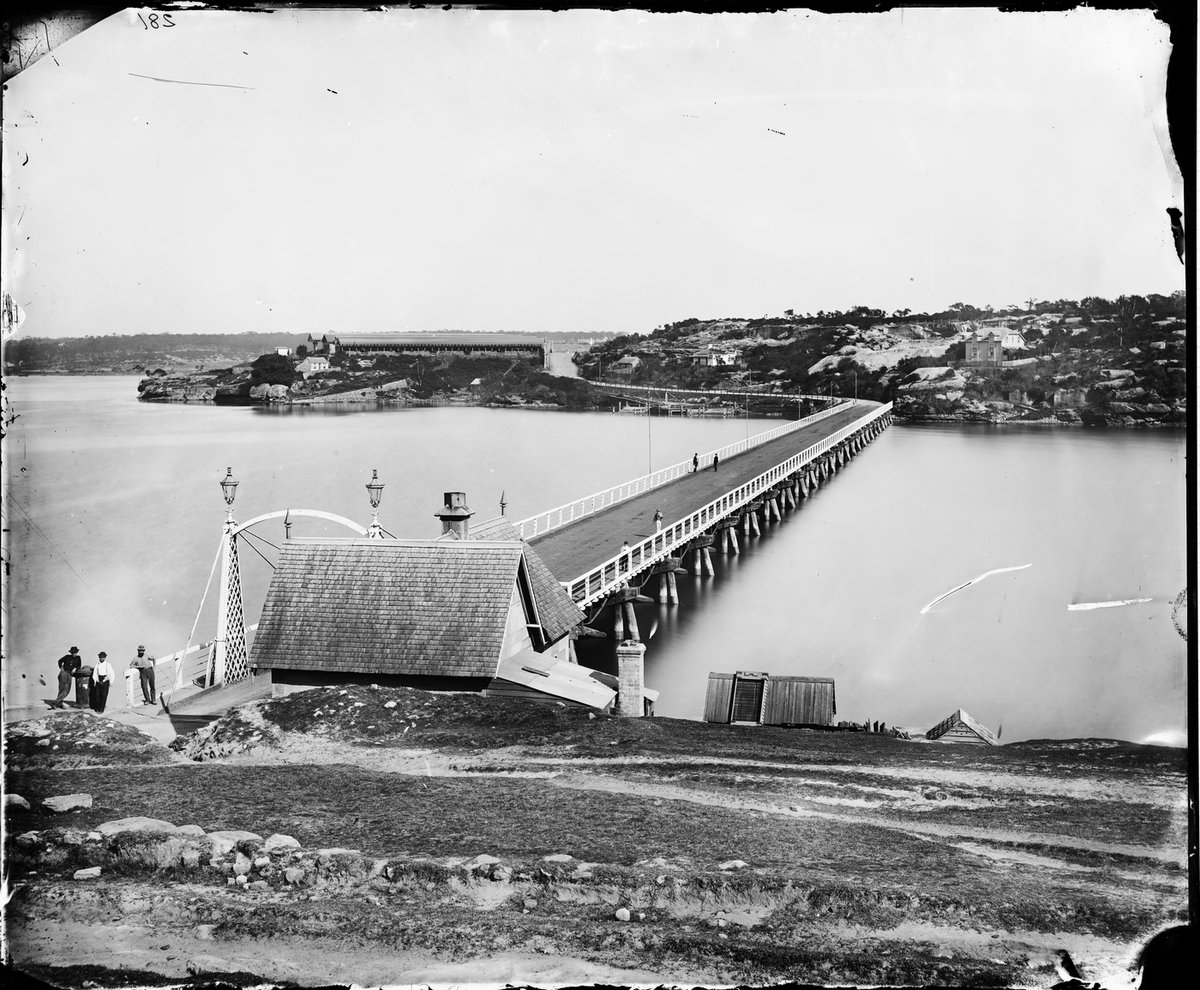
Visiting Hours, Tickets, and Historical Insights of Anzac Bridge, Sydney
Date: 18/08/2024
Introduction
The Anzac Bridge in Sydney, Australia, is not merely a vital transportation link; it is an architectural marvel and a poignant symbol of national pride and remembrance. Officially opened to traffic on December 3, 1995, and later renamed in honor of the Australian and New Zealand Army Corps (ANZAC) on November 11, 1998, the bridge stands as a tribute to the soldiers who served during World War I (Wikipedia). Spanning 805 meters and featuring two 120-meter-high pylons, it is the longest cable-stayed bridge in Australia (Sydney Point). Designed by the engineering firm Maunsell and constructed by the John Holland Group, the bridge combines strength and aesthetic appeal, with a design that minimizes environmental impact (Webuildvalue).
The Anzac Bridge is adorned with significant memorials, including statues of Australian and New Zealand soldiers, reinforcing its dedication to the ANZACs (Wikipedia). It is a crucial component of Sydney’s infrastructure, facilitating the daily movement of approximately 180,000 vehicles and serving as a focal point for community and cultural events (Audiala). Visitors can enjoy panoramic views of the Sydney skyline and harbor, making it a must-visit landmark for history enthusiasts, engineering aficionados, and casual tourists alike (Sydney Point).
Table of Contents
- Introduction
- History and Significance
- Architectural Marvel
- Symbolism and Memorials
- Integration into Sydney’s Infrastructure
- Urban Development and Renewal
- Visitor Experience
- Visitor Information
- FAQ
- Conclusion
- Visit and Stay Up to Date
Visiting the Anzac Bridge: History, Significance, and Visitor Guide
History and Significance
Early Conception and Construction
The Anzac Bridge, originally known as the Glebe Island Bridge, was conceived to replace two older bridges that spanned Johnstons Bay. The need for a modern, efficient transportation link between Pyrmont and Rozelle was paramount due to increasing traffic demands. Construction began in 1992, and the bridge was officially opened to traffic on December 3, 1995 (Wikipedia).
Renaming and Dedication
On November 11, 1998, the bridge was renamed the Anzac Bridge by Premier Bob Carr to commemorate the 80th anniversary of Armistice Day and to honor the soldiers of the Australian and New Zealand Army Corps (ANZAC) who served in World War I (Webuildvalue). This renaming ceremony was a significant event, marking the bridge not just as a piece of infrastructure but as a symbol of national pride and remembrance.
Architectural Marvel
The Anzac Bridge is a cable-stayed bridge, a design chosen for its combination of strength and aesthetic appeal. The bridge spans 805 meters, making it the longest cable-stayed bridge in Australia (Sydney Point). Its two main towers, which rise 120 meters above the water, are shaped like elongated pyramids, adding to its distinctive allure (Lonely Planet).
Design and Construction
Designed by the engineering firm Maunsell, the Anzac Bridge was constructed by the John Holland Group. It features a main span of 345 meters, making it one of the longest cable-stayed spans in the world at the time of its completion. The bridge’s pylons rise to a height of 120 meters, creating a striking visual landmark against the Sydney skyline. The use of concrete and steel ensures durability and strength, capable of supporting heavy traffic loads daily.
Engineering Innovations
Anzac Bridge is notable for its advanced engineering techniques. The cable-stayed design was chosen for its ability to span long distances without requiring numerous piers, minimizing disruption to the waterway below. The bridge’s deck is constructed from pre-stressed concrete segments, cast off-site and then transported and assembled on-site, allowing for rapid construction and minimal environmental impact. The bridge also features a unique system of expansion joints and bearings that accommodate thermal expansion, contraction, and dynamic loads imposed by traffic, reducing the need for frequent maintenance.
Symbolism and Memorials
The Anzac Bridge is adorned with significant memorials that reinforce its dedication to the ANZAC soldiers. An Australian flag flies atop the eastern pylon, while a New Zealand flag flies atop the western pylon. Additionally, a bronze statue of an Australian soldier, known as a “digger,” holding a Lee–Enfield rifle in the “rest on arms reverse” drill position, was placed on the western end of the bridge on Anzac Day in 2000. A statue of a New Zealand soldier was added in 2008, unveiled by the Prime Minister of New Zealand, Helen Clark, and the Premier of New South Wales, Morris Iemma (Wikipedia).
Integration into Sydney’s Infrastructure
The Anzac Bridge is a crucial component of Sydney’s road network, connecting the central business district (CBD) with the Inner West and Northern Suburbs. It carries the Western Distributor (A4) across Johnstons Bay, facilitating the movement of approximately 180,000 vehicles daily (Audiala). This integration underscores the bridge’s importance not only as a memorial but also as a vital artery for the city’s transportation needs.
Urban Development and Renewal
Since its inauguration, the areas surrounding the Anzac Bridge have undergone significant urban renewal and infrastructure development. The western area of Sydney, connected by the bridge to the CBD, has seen major improvements, enhancing the overall utility and aesthetic appeal of the region (Webuildvalue).
Visitor Experience
Walking and Cycling Paths
Visitors to the Anzac Bridge can enjoy a 40-minute walk starting at Glebe Point Road, traversing Bridge Road, crossing the bridge, and looping back at Blackwattle Bay. This walk offers mesmerizing views of the Sydney Harbour and the city skyline, particularly stunning at sunrise or sunset (Sydney Point). The bridge is accessible to pedestrians and cyclists 24/7, with no fees required for access (Audiala).
Best Viewing Points
Several vantage points offer excellent views of the Anzac Bridge. The Glebe Foreshore Walk provides a scenic route along the waterfront, with multiple spots to admire the bridge’s impressive structure. Pyrmont Bridge offers a unique perspective from a distance.
Accessibility and Amenities
The bridge is equipped with ramps and pathways suitable for wheelchair users and strollers, ensuring accessibility for all visitors. It is also easily accessible by public transport, with several bus routes stopping nearby. Parking facilities are available in the surrounding areas, although these can be limited during peak times and special events.
Safety Considerations
While visiting the Anzac Bridge, it is important to adhere to safety guidelines. The pedestrian and cycle paths are shared spaces, so visitors should be mindful of cyclists and other pedestrians. During special events, such as Anzac Day commemorations, the area can become crowded, so it is advisable to arrive early and follow any instructions from event organizers and security personnel.
Photography Opportunities
The Anzac Bridge offers numerous photography opportunities for both amateur and professional photographers. The bridge’s unique design and the surrounding scenery provide a stunning backdrop for photos. Popular spots for capturing the best shots include the viewpoints at either end of the bridge and the pedestrian path itself. Sunrise and sunset provide the best lighting conditions, but nighttime photography can also yield impressive results with the bridge’s illumination.
Visitor Information
Visiting Hours: The bridge is open to pedestrians and cyclists 24/7.
Tickets: There is no fee required for access.
Accessibility: The bridge is equipped with ramps and pathways suitable for wheelchair users and strollers, ensuring accessibility for all visitors.
Nearby Attractions
Located just a short distance from the Anzac Bridge, Darling Harbour is one of Sydney’s most vibrant precincts. This bustling waterfront area offers a plethora of attractions, dining options, and entertainment venues. Visitors can explore the SEA LIFE Sydney Aquarium, which houses over 13,000 marine animals, or visit the WILD LIFE Sydney Zoo, home to native Australian animals like kangaroos and koalas. For those interested in maritime history, the Australian National Maritime Museum provides an in-depth look at Australia’s naval past (Audiala).
Guided Tours and Special Events
The Anzac Bridge and its surrounding areas often host special events, from cultural festivals to guided walking tours. These events provide an opportunity for visitors to engage more deeply with the bridge’s historical and cultural significance. Checking local listings and official websites for up-to-date information on events and tours can enhance the visitor experience (Audiala).
FAQ
Q: What are the Anzac Bridge visiting hours? A: The Anzac Bridge is accessible to pedestrians and cyclists 24/7.
Q: How much does it cost to visit the Anzac Bridge? A: There is no fee required for access to the Anzac Bridge.
Q: Are there guided tours available at the Anzac Bridge? A: Yes, guided tours are often available. Check local listings and official websites for up-to-date information on events and tours.
Conclusion
The Anzac Bridge stands as a testament to modern engineering, urban beauty, and the enduring spirit of the ANZACs. Its historical significance, architectural marvel, and daily utility make it a must-visit landmark in Sydney. Whether you’re a history enthusiast, engineering aficionado, or simply seeking a memorable vantage point, the Anzac Bridge promises an unforgettable experience that seamlessly blends functionality with aesthetic appeal (My Sydney Detour).
Visit and Stay Up to Date
For more information on visiting the Anzac Bridge and other Sydney historical sites, download our mobile app Audiala. Check out other related posts on our website and follow us on social media for the latest updates.
References
- Wikipedia. (2023). Anzac Bridge. Retrieved from Wikipedia
- Webuildvalue. (2023). Anzac Bridge, Sydney. Retrieved from Webuildvalue
- Sydney Point. (2023). Anzac Bridge. Retrieved from Sydney Point
- Lonely Planet. (2023). Anzac Bridge. Retrieved from Lonely Planet
- Audiala. (2023). Anzac Bridge. Retrieved from Audiala
- My Sydney Detour. (2023). Anzac Bridge. Retrieved from My Sydney Detour
- Discover Walks. (2023). 10 Best Bridges to See in Sydney. Retrieved from Discover Walks
- PlanetWare. (2023). Sydney Tourist Attractions. Retrieved from PlanetWare
